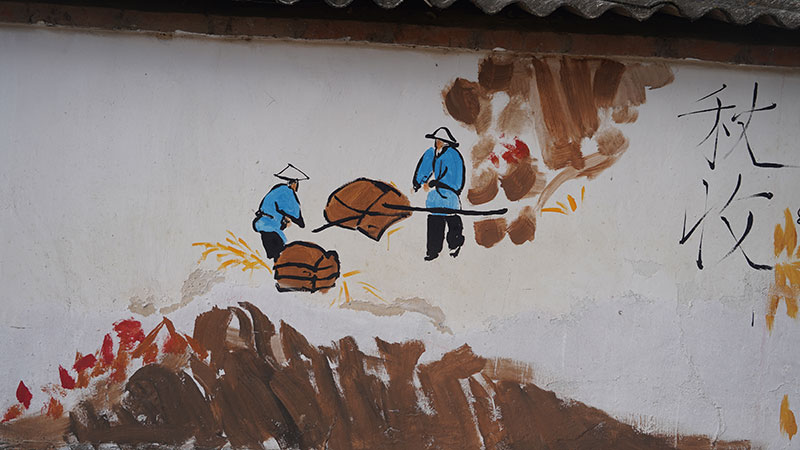China sees remarkable progress in keeping intangible cultural heritage alive
BEIJING, Dec. 23 (Xinhua) -- China held a national meeting on Monday on intangible cultural heritage (ICH) preservation. At the meeting, individuals and groups were honored for their outstanding work in this regard.
Among them was Yang Changqin, a craftswoman and representative inheritor of Chishui bamboo weaving craftwork, a provincial-level ICH in southwest China's Guizhou Province.
The craftwork features around 20 procedures, including stripping, dyeing, weaving and using bamboo threads to form pictures of various designs or making them into items such as bags or parts of cups and vases.
"Bamboo weaving is my lifelong passion, and I hope it can be continuously passed on for generations to come," Yang said.
Yang is among the over 90,000 ICH representative inheritors of different levels in China who are working to keep the country's intangible cultural treasures alive.
This year marks the 20th anniversary of China joining UNESCO's Convention for the Safeguarding of Intangible Cultural Heritage. Over the past two decades, China has made remarkable achievements in preserving and promoting the development of ICH.
The country in 2011 enacted a law on ICH, and provincial-level regions nationwide have also issued their local regulations on ICH protection.
To date, China has over 100,000 ICH items of various levels, including 1,557 featured on the national list. A total of 3,056 people are recognized as national-level ICH inheritors.
Chinese central authorities have also conducted training programs for the inheritors, providing relevant training for over 40,000 people over the past 10 years.
Earlier this month, UNESCO inscribed the Spring Festival, the social practices of the Chinese people in celebration of the traditional new year, on the Representative List of the Intangible Cultural Heritage of Humanity, bringing the number of intangible cultural heritage items in China on the UNESCO list to 44, the most of its kind worldwide.
Photos
Related Stories
- Traditional art of Cangxian lion dance well passed on with local support
- Traditional Li textile techniques get all-round protection, development in Hainan province
- In pics: roofed arch bridges in Taishun County of China's Zhejiang
- Inheritor dedicated to passing on colored pottery craft in NW China's Gansu
- UNESCO inscribes Spring Festival on intangible cultural heritage list
Copyright © 2024 People's Daily Online. All Rights Reserved.









